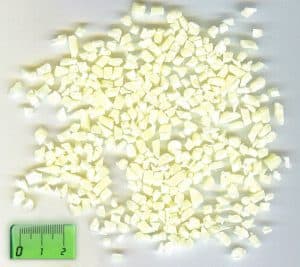Hugo Holden
Veteran Member
These are small spray cans, only 150g, but for some colors it is available in the standard size
One great thing about this paint is that there are multiple shades of cream to white just in that color spectrum, each has a specific ID number, the slightly off white color in the photo is DSTH01, the one I used for the Apple computer and my IBM5153 monitors was called "Arctic White" (cannot remember the number) but there is a similar one Alaskan White, number DSF63. A cream (Off white) color is Torquay Sand, number DSH47.
The early cans of this, available in AU were called "Holts" Dupli-color, like the photo of the can with the red top, later they were just called Dupli-Color. It says on the tin of the white one (a current product) manufactured in AU by MMP Industrial, under license from the Sherwin Williams Company, Cleveland Ohio USA.
One great thing about this paint is that there are multiple shades of cream to white just in that color spectrum, each has a specific ID number, the slightly off white color in the photo is DSTH01, the one I used for the Apple computer and my IBM5153 monitors was called "Arctic White" (cannot remember the number) but there is a similar one Alaskan White, number DSF63. A cream (Off white) color is Torquay Sand, number DSH47.
The early cans of this, available in AU were called "Holts" Dupli-color, like the photo of the can with the red top, later they were just called Dupli-Color. It says on the tin of the white one (a current product) manufactured in AU by MMP Industrial, under license from the Sherwin Williams Company, Cleveland Ohio USA.


